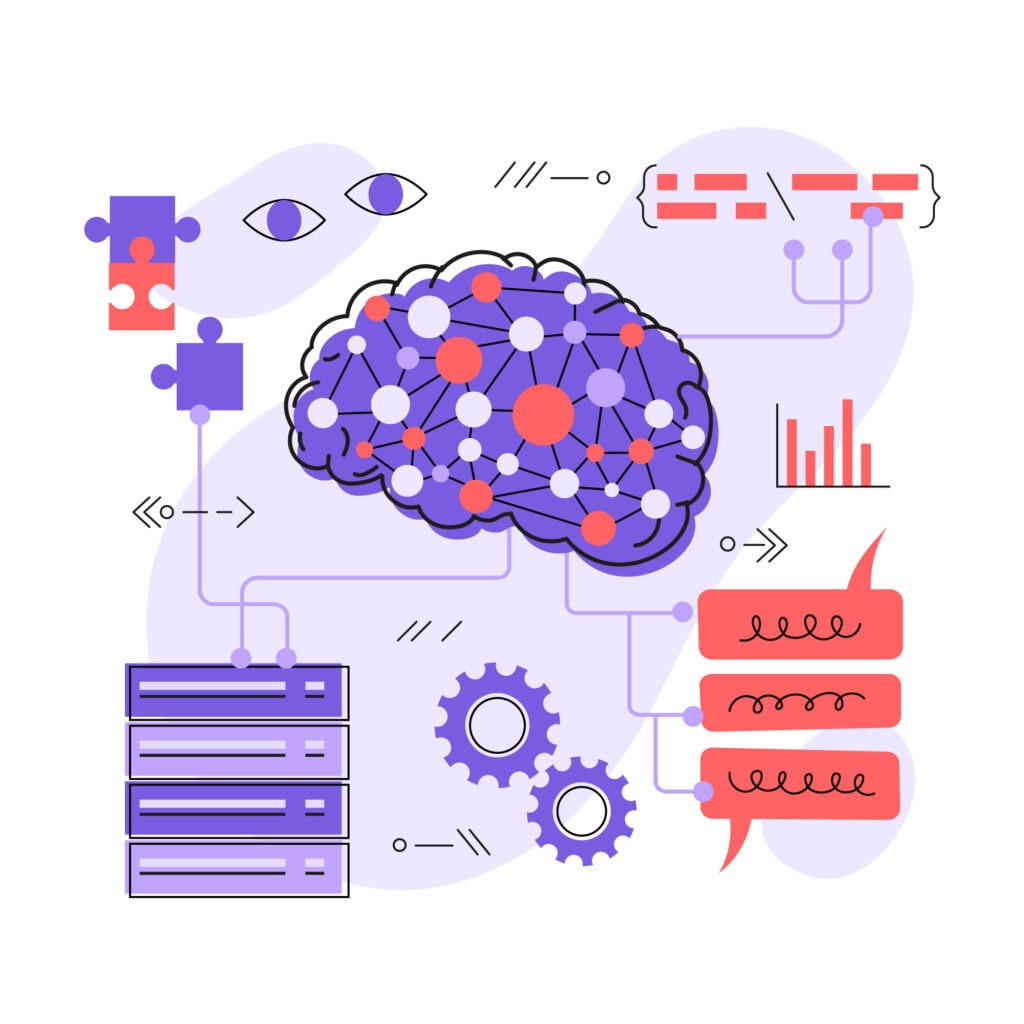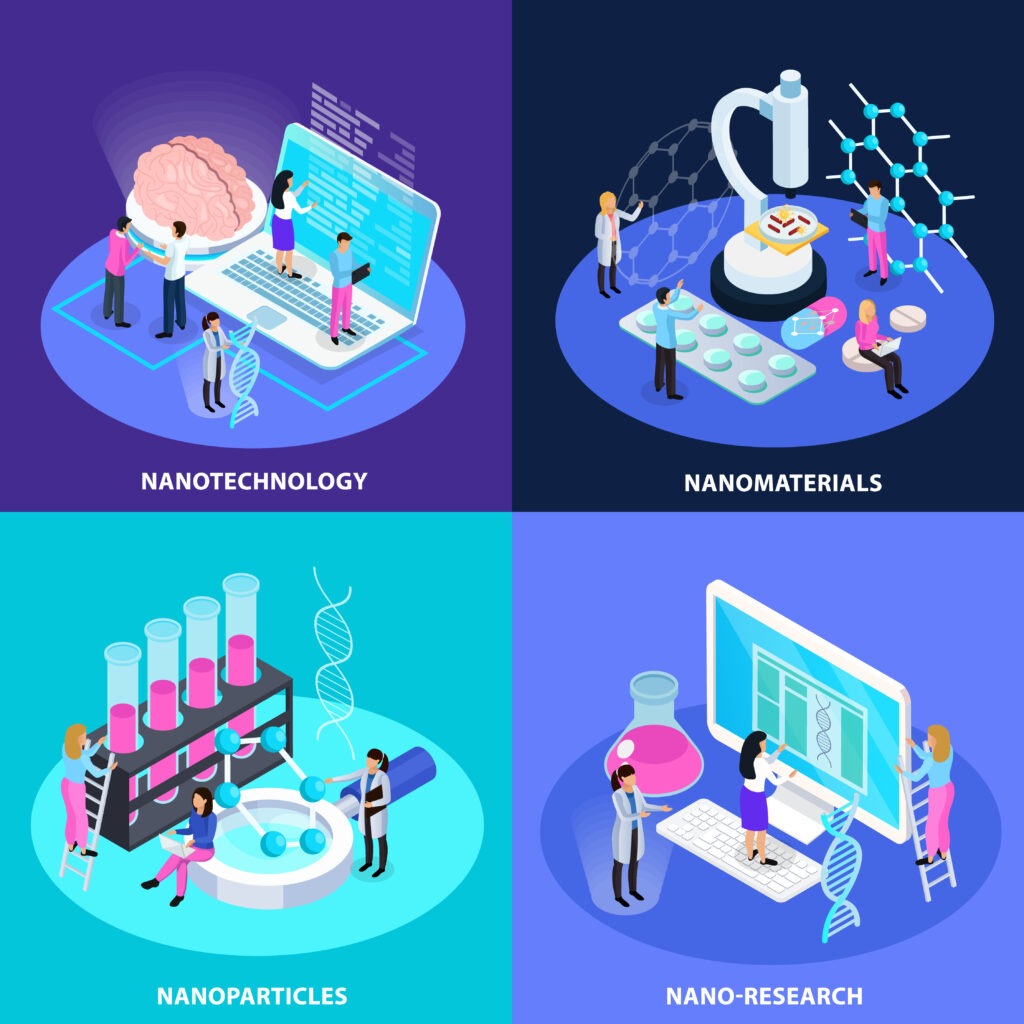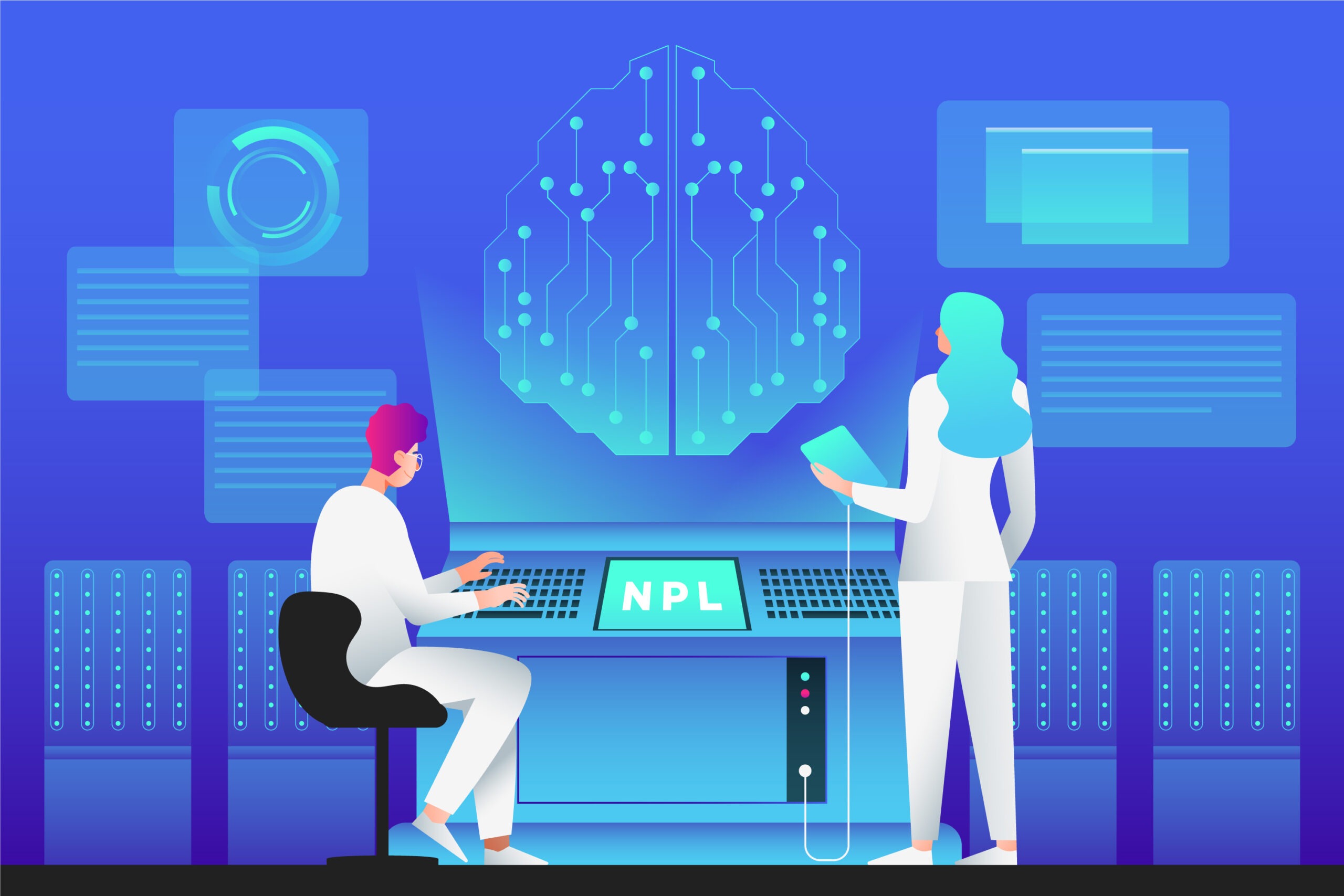Artificial Neural Networks (ANNs) have revolutionized the field of machine learning, enabling computers to perform complex tasks that were once deemed impossible. One of the recent advancements in this field is the emergence of multimodal neurons, which have the ability to process and integrate multiple types of data simultaneously. In this article, we will explore the concept of multimodal neurons in artificial neural networks, their significance, and potential applications.
Introduction to Multimodal Neurons
Multimodal neurons are specialized units within artificial neural networks that can process information from various modalities or sensory inputs. These inputs can include visual, auditory, and textual data, among others. Just like neurons in the human brain, multimodal neurons in artificial neural networks are capable of integrating and interpreting multiple types of data simultaneously.
How Multimodal Neurons Work

Multimodal neurons are designed to handle different types of data inputs in parallel. They receive information from multiple sources and perform complex computations to extract meaningful patterns and representations. By integrating different modalities, these neurons can capture more comprehensive and nuanced information, leading to more robust and accurate results.
Advantages of Multimodal Neurons

- Enhanced Information Processing: By combining multiple modalities, multimodal neurons(Multimodal Neurons in Artificial Neural Networks) can capture a broader range of information, resulting in more comprehensive data representation and analysis.
- Improved Robustness: Multimodal neurons can handle noisy or incomplete data more effectively. By leveraging multiple modalities, they can fill in missing information from one modality using data from another modality, thus enhancing the robustness of the system.
- Increased Accuracy: With the ability to process multiple types of data simultaneously, multimodal neurons can leverage the strengths of each modality to improve the accuracy of predictions or classifications.
- Better Understanding of Complex Data: Multimodal neurons(Multimodal Neurons in Artificial Neural Networks) enable deeper insights into complex datasets by extracting meaningful relationships across different modalities. This allows for a richer understanding of the underlying patterns and structures within the data.
Applications of Multimodal Neurons

- Speech Recognition: Multimodal neurons (Multimodal Neurons in Artificial Neural Networks) can combine audio and visual inputs to enhance speech recognition systems. By analyzing lip movements in addition to audio signals, these neurons can improve accuracy, especially in noisy environments.
- Image Captioning: By integrating visual and textual data, multimodal neurons (Multimodal Neurons in Artificial Neural Networks) can generate more accurate and descriptive captions for images. This is particularly useful in applications such as image recognition and content generation.
- Autonomous Driving: Multimodal neurons (Multimodal Neurons in Artificial Neural Networks) play a crucial role in autonomous driving systems. By fusing data from various sensors, such as cameras, LiDAR, and radar, these neurons can provide a more comprehensive understanding of the environment, leading to safer and more reliable self-driving vehicles.
- Sentiment Analysis: Multimodal neurons (Multimodal Neurons in Artificial Neural Networks) can combine textual and visual inputs to analyze sentiment in social media posts or online reviews. This allows for a more nuanced understanding of emotions expressed by individuals, leading to more accurate sentiment analysis results.
Challenges and Limitations

While multimodal neurons offer exciting opportunities, there are also challenges to consider:
- Data Availability and Annotation: Training multimodal networks require large amounts of labeled data across multiple modalities. Gathering and annotating such datasets can be time-consuming and expensive.
- Integration Complexity: Integrating different modalities into a single network architecture can be technically challenging. Designing efficient and effective fusion mechanisms is a topic of ongoing research.
- Interpretability: Understanding the inner workings of multimodal networks can be difficult due to the complexity of the interactions between different modalities. Ensuring transparency and interpretability is an active area of study.
The Future of Multimodal Neurons
As research and development in artificial neural networks continue to advance, the role of multimodal neurons (Multimodal Neurons in Artificial Neural Networks) is expected to become increasingly important. These neurons have the potential to unlock new possibilities in various fields, including computer vision, natural language processing, robotics, and more. By harnessing the power of multiple modalities, artificial systems can emulate human-like perception and understanding of the world.
Conclusion
Multimodal neurons are a remarkable development in the field of artificial neural networks. Their ability to process and integrate multiple types of data simultaneously opens up exciting possibilities for various applications. By leveraging the strengths of different modalities, multimodal neurons enhance information processing, improve accuracy, and provide a more comprehensive understanding of complex datasets. As technology continues to evolve, we can expect multimodal neurons to play a key role in advancing AI systems.
FAQs
Q: How do multimodal neurons differ from traditional neurons?
A: Multimodal neurons can process and integrate multiple types of data simultaneously, whereas traditional neurons typically handle a single modality.
Q: Are multimodal neurons limited to specific types of data?
A: No, multimodal neurons can handle a wide range of data types, including visual, auditory, textual, and more.
Q: What are the benefits of using multimodal neurons in autonomous driving?
A: Multimodal neurons improve the understanding of the driving environment by fusing data from various sensors, leading to safer and more reliable autonomous driving systems.
Q: Can multimodal neurons be used for real-time speech recognition?
A: Yes, by combining audio and visual inputs, multimodal neurons can enhance real-time speech recognition, especially in noisy environments.
Q: How can multimodal neurons improve sentiment analysis?
A: By analyzing textual and visual inputs together, multimodal neurons can provide a more nuanced understanding of sentiments expressed in social media posts or online reviews.
